‘Azzedine Alaïa - Thierry Mugler’: new Paris exhibition puts two fashion greats in conversation
‘Azzedine Alaïa - Thierry Mugler’ at Fondation Azzedine Alaïa explores the affinity and friendship between two designers who redefined 1980s and 1990s fashion. Curator Olivier Saillard tells Wallpaper* about the unique show
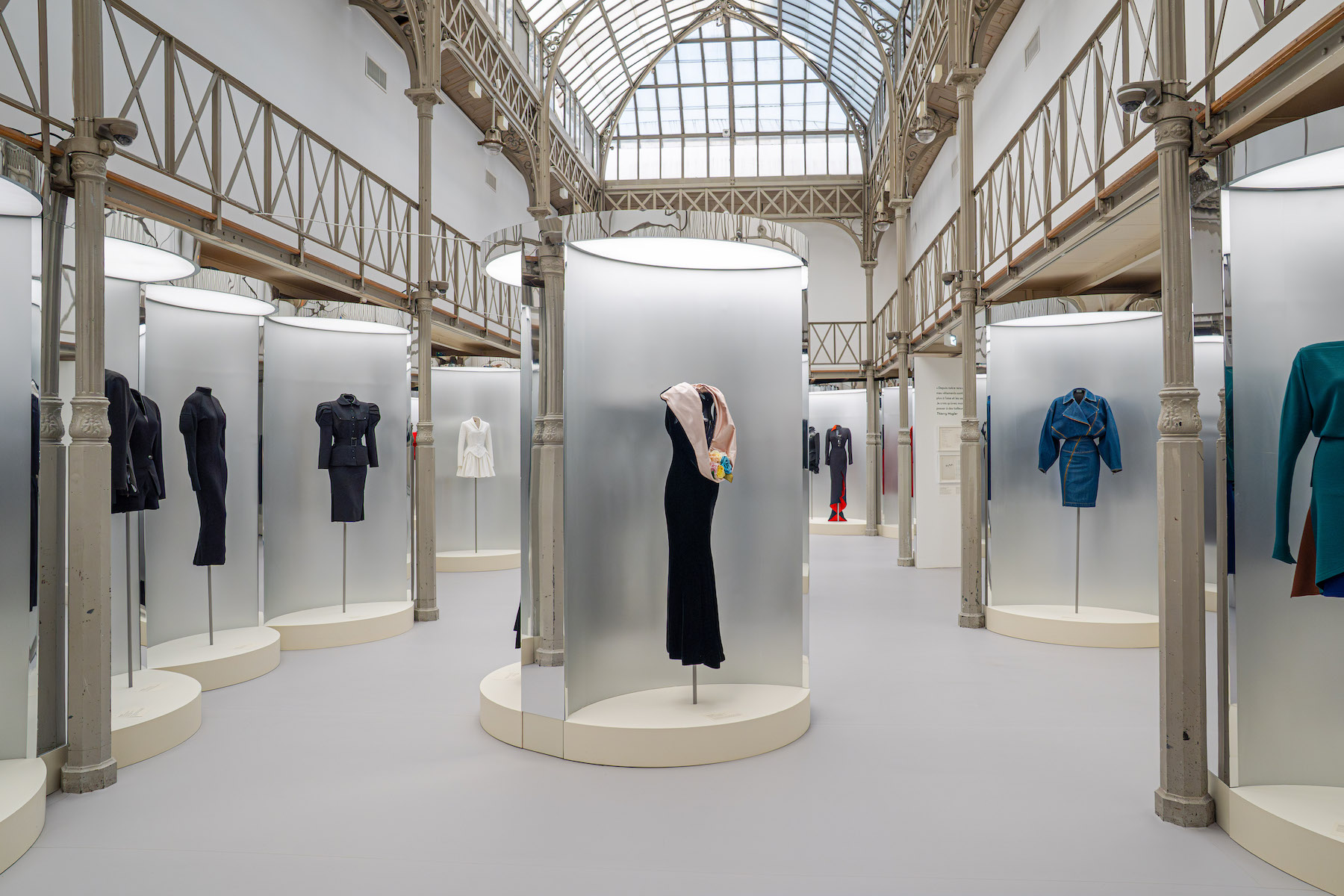
With just 70 lean mannequins, one brief CNN news report and two xeroxed press releases, curator Olivier Saillard gets to the heart of something fashion has forgotten: it’s about clothes. ‘You can make images of course, but, first, you make clothes,’ he says.
His show at the Fondation Azzedine Alaïa in Paris, where he has been director since 2018, focuses on the kinship between two of the most potent talents of the 20th century: Azzedine Alaïa and Thierry Mugler. ‘It is also about this idea that you can do the same work. You are friends, you can do something together. It is fashion with four hands,’ Saillard says.
‘Azzedine Alaïa - Thierry Mugler: 1980-1990 Two Decades of Artistic Affinities’ at Fondation Azzedine Alaïa, Paris
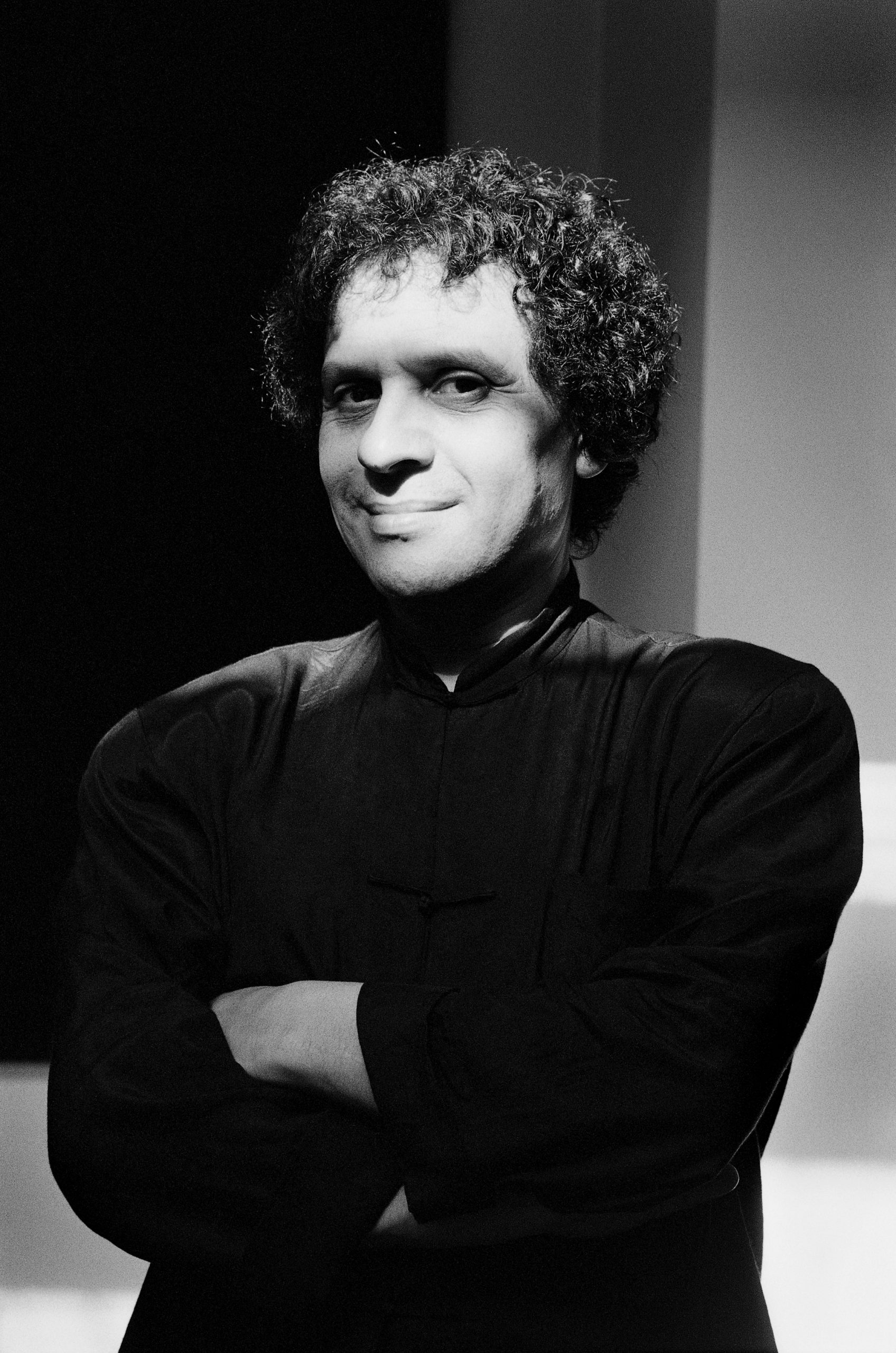
Azzedine Alaïa
A ‘smoking’ tuxedo jacket and pants in black barathea from Mugler’s A/W 1979 ‘Spirale futuriste’ collection opens the exhibition. The look was designed by Alaïa. It has a wide, flat shoulder and a triangular lapel that peels down the front of the body. Mugler was so pleased with the jacket he included Alaïa’s name within the show notes, a copy of which is framed and on display. Next to it, Saillard places Alaïa’s 1988 jumpsuit in black wool knit with a velvet collar; where Mugler’s design is straight, Alaïa’s is curved, what was flat, now swoops.
On 10 September 1982 Alaïa staged his first ever fashion show of body-fitting leather, jersey and chiffon clothes upon invitation by Bergdorf Goodman. Mugler travelled to New York to help translate his interviews with journalists, build the runway and set the rhythm for the show. Together, they shaped the look of the 1980s.
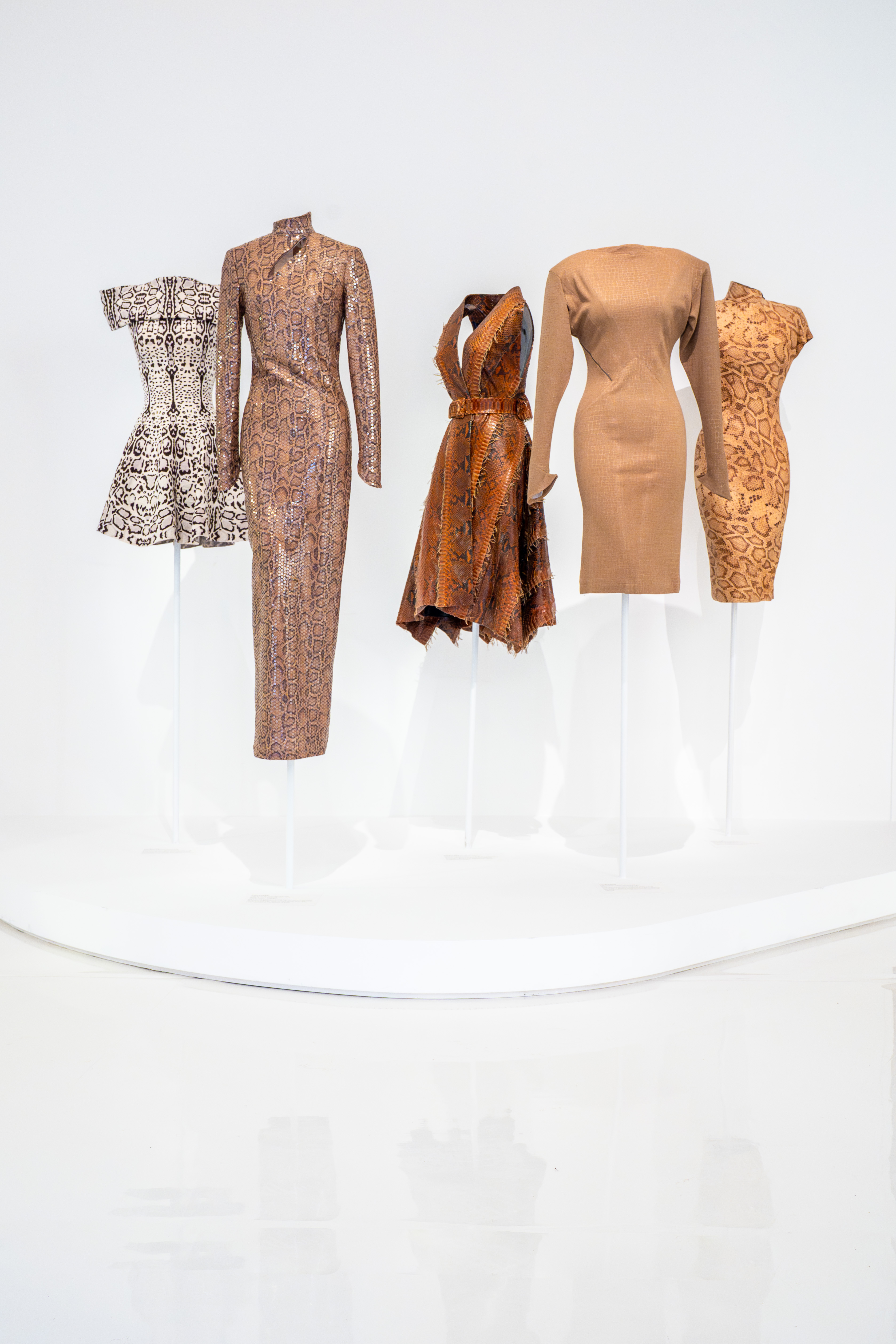
Mugler’s legacy is one dripping in extraterrestrial glamour but his quieter, more rigorous day clothes are rarely placed into the spotlight. From his A/W 1988 ‘Les infernales’ collection, the hem of a suit jacket in black wool peels up at the hips. Then, as if in some sort of response, hems become unfurled and cut longer in Alaïa’s black wool twill suit three years later.
Saillard says: ‘Today we are always thinking about opposites, opposing one designer over another, but I love this idea that they share something. Azzedine and Thierry were two artists who admired the same things.’
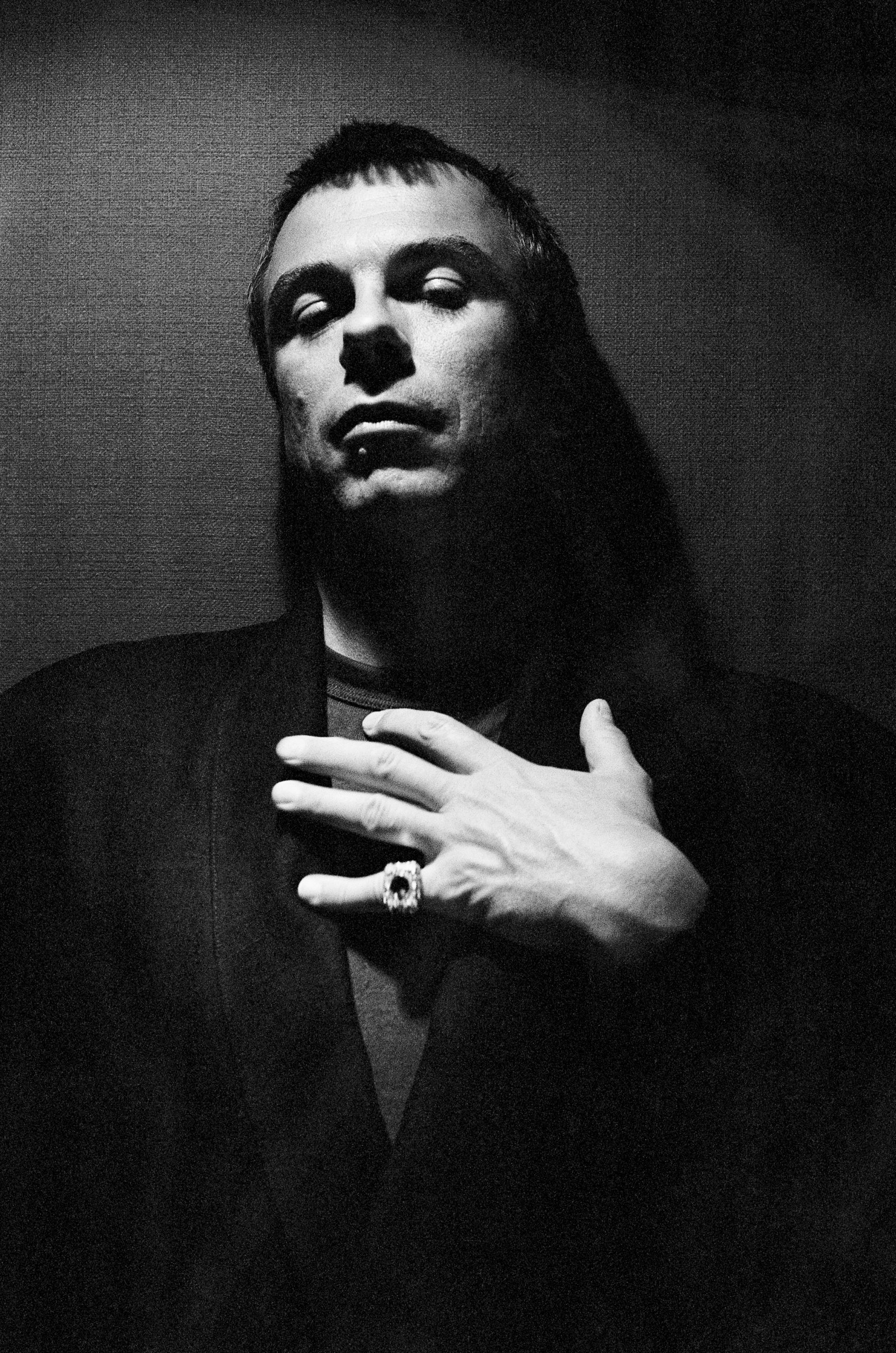
Thierry Mugler
‘He was a trouble-maker magician, he had the eye and the technique. I was amazed by what he was doing’
Thierry Mugler on Azzedine Alaïa
The exhibition presents a selection of different costumes, coats, eveningwear and tailoring as a guessing game – you cannot see who designed what. ‘I had the impression that Thierry had an influence on Azzedine, but I didn't know to what extent. We have a few of Azzedine’s collections before the 1970s when he worked as a much more intimate, traditional couturier and it's very far from this. Thierry gave the key to Azzedine to become a fashion designer,’ Saillard says.
Receive our daily digest of inspiration, escapism and design stories from around the world direct to your inbox.
Speaking to Laurence Benïam in 2020, Mugler said about Alaïa: ‘He was a trouble-maker magician, he had the eye and the technique. I was amazed by what he was doing. His extraordinary passion for couture, and his total freedom. He had the childlike aspect of an artist. Originally, he was a great academic cutter. He followed the great tradition.’
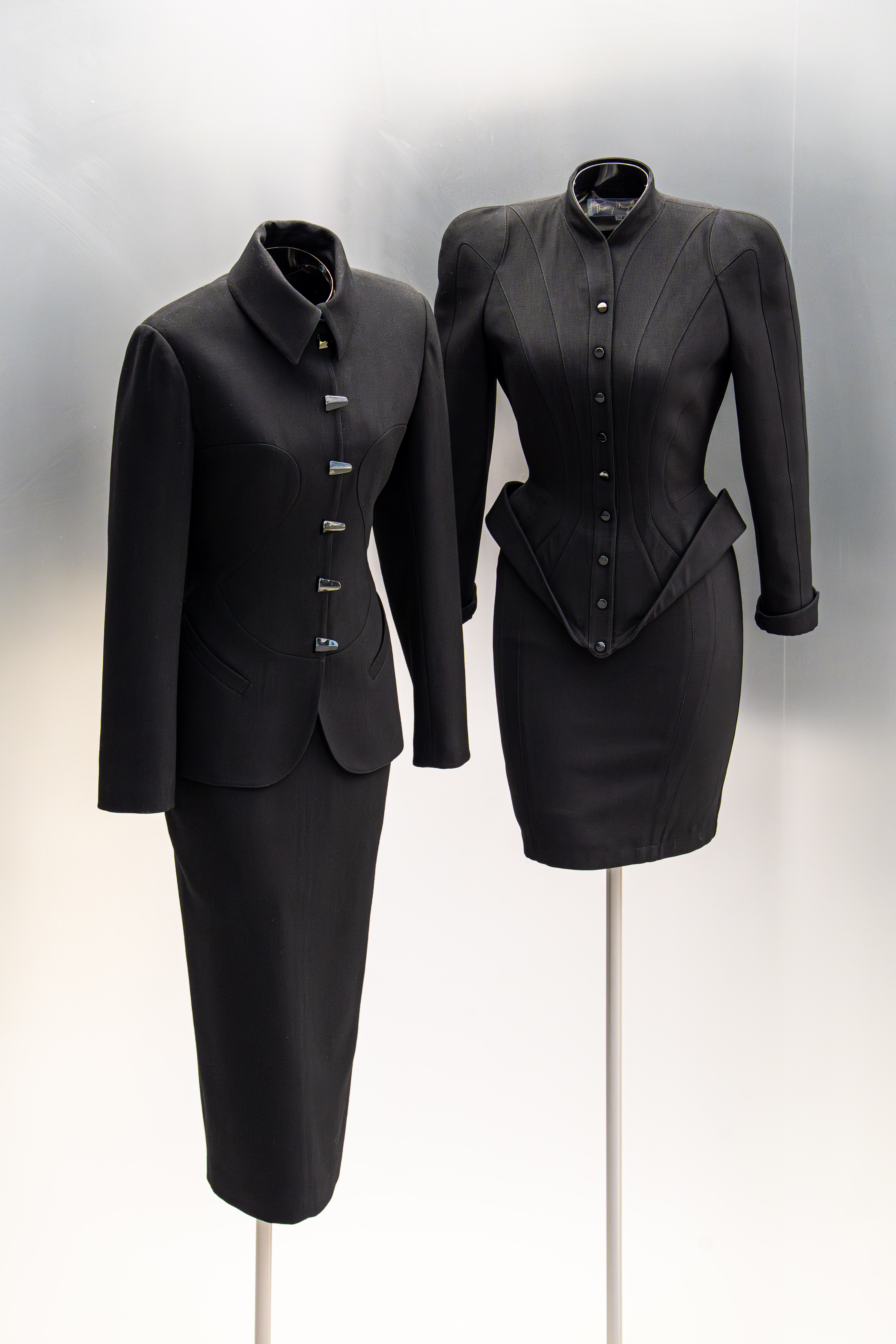
Although their tastes might have evolved as the decades went on, their work clearly shared a dialogue. Alaïa was the minimalist, perhaps more in line with Balenciaga. There is a sharpness and clarity in his line that Mugler isn’t as concerned with. Mugler’s pleats in a daytime ensemble from S/S 1988’s ‘Eté africain’ collection add volume to the body where Alaïa’s silk dress from the same season turns the pleats into something more sinuous and supine.
The purity in the staging at Fondation Azzedine Alaïa intensifies the absence of imagery. Although so much of both designer’s legacies are memorialised in photographs, Alaïa – as a label – didn’t produce its own campaigns. ‘No, no, no! He never did publicity! Fantastic photographers like Peter Lindbergh, Paulo Roversi, William Klein and even Mugler himself photographed his designs enthusiastically and made some beautiful images, but Azzedine considered these as the work of someone else – not his. And I love this attitude,’ Saillard says. ‘There is a time for doing clothes, and a time for doing images. And that’s perhaps not the same now.’
‘Azzedine Alaïa - Thierry Mugler: 1980-1990 Two Decades of Artistic Affinities’ runs until 29 June 2025 at Fondation Azzedine Alaïa, 18 Rue de la Verrerie, 75004 Paris
London based writer Dal Chodha is editor-in-chief of Archivist Addendum — a publishing project that explores the gap between fashion editorial and academe. He writes for various international titles and journals on fashion, art and culture and is a contributing editor at Wallpaper*. Chodha has been working in academic institutions for more than a decade and is Stage 1 Leader of the BA Fashion Communication and Promotion course at Central Saint Martins. In 2020 he published his first book SHOW NOTES, an original hybrid of journalism, poetry and provocation.
-
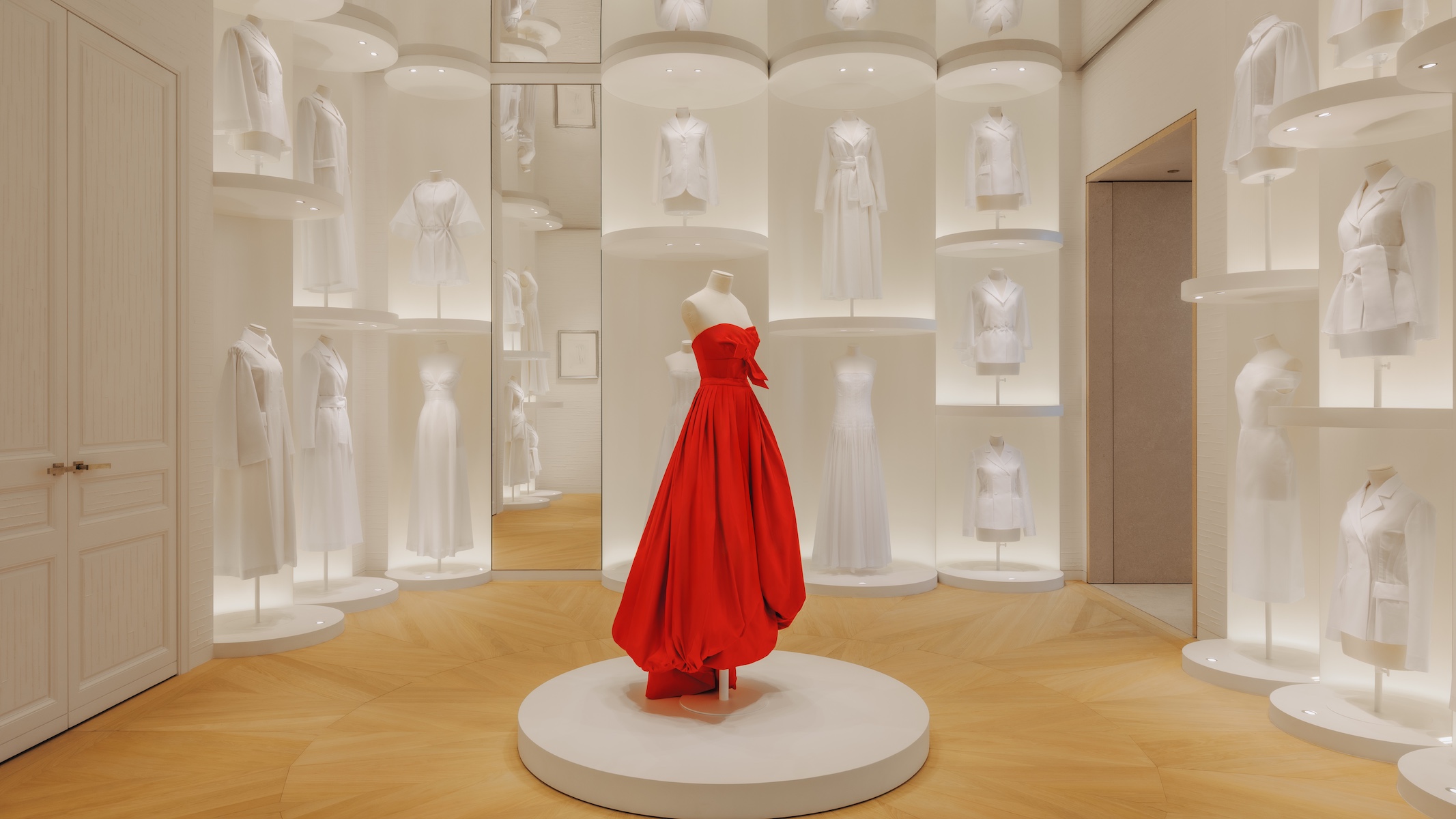 Inside Christian de Portzamparc’s showstopping House of Dior Beijing: ‘sculptural, structural, alive’
Inside Christian de Portzamparc’s showstopping House of Dior Beijing: ‘sculptural, structural, alive’Daven Wu travels to Beijing to discover Dior’s dramatic new store, a vast temple to fashion that translates haute couture into architectural form
-
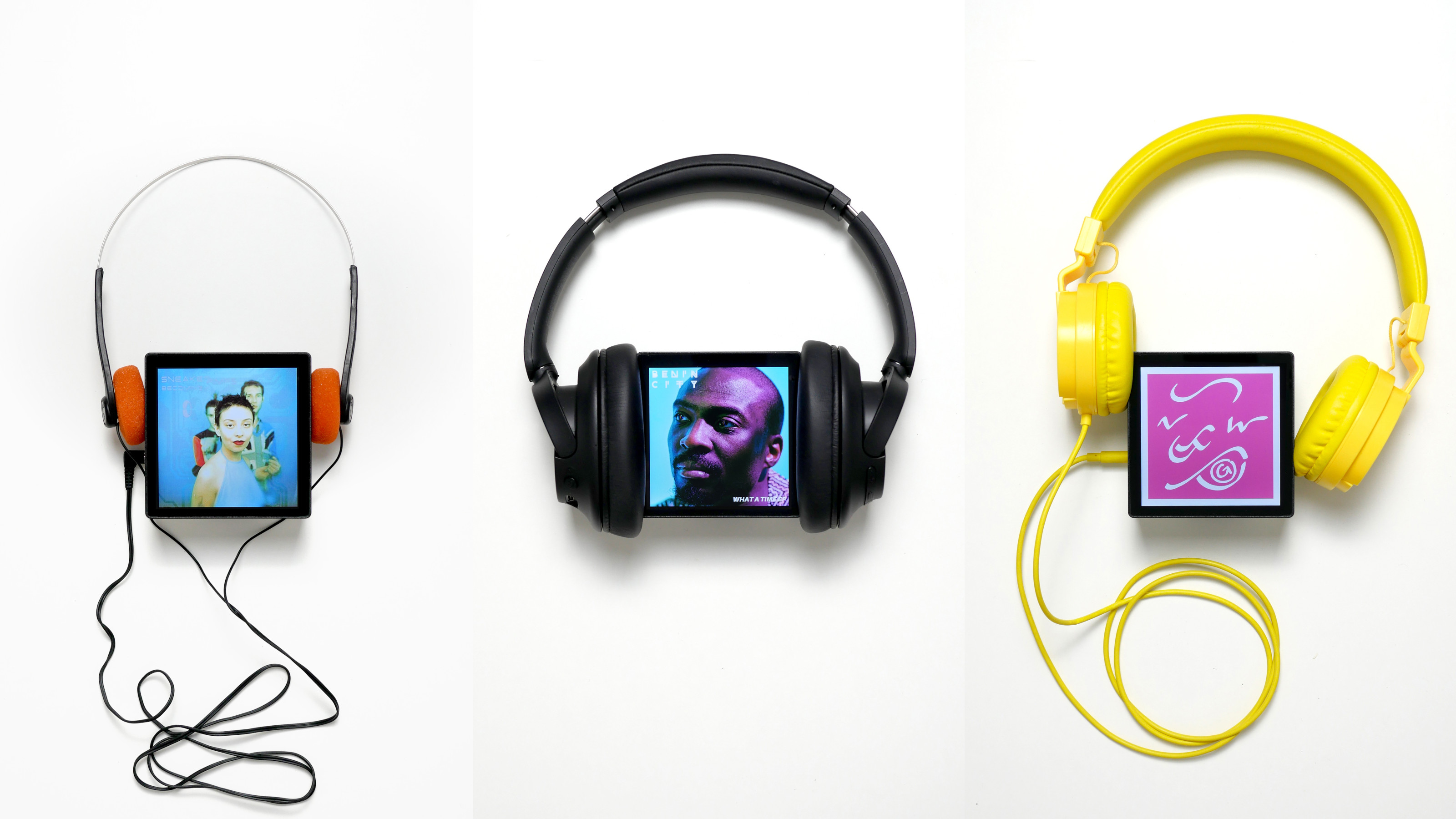 A music player for the mindful, Sleevenote shuns streaming in favour of focused listening
A music player for the mindful, Sleevenote shuns streaming in favour of focused listeningDevised by musician Tom Vek, Sleevenote is a new music player that places artist intent and the lost art of record collecting at the forefront of the experience
-
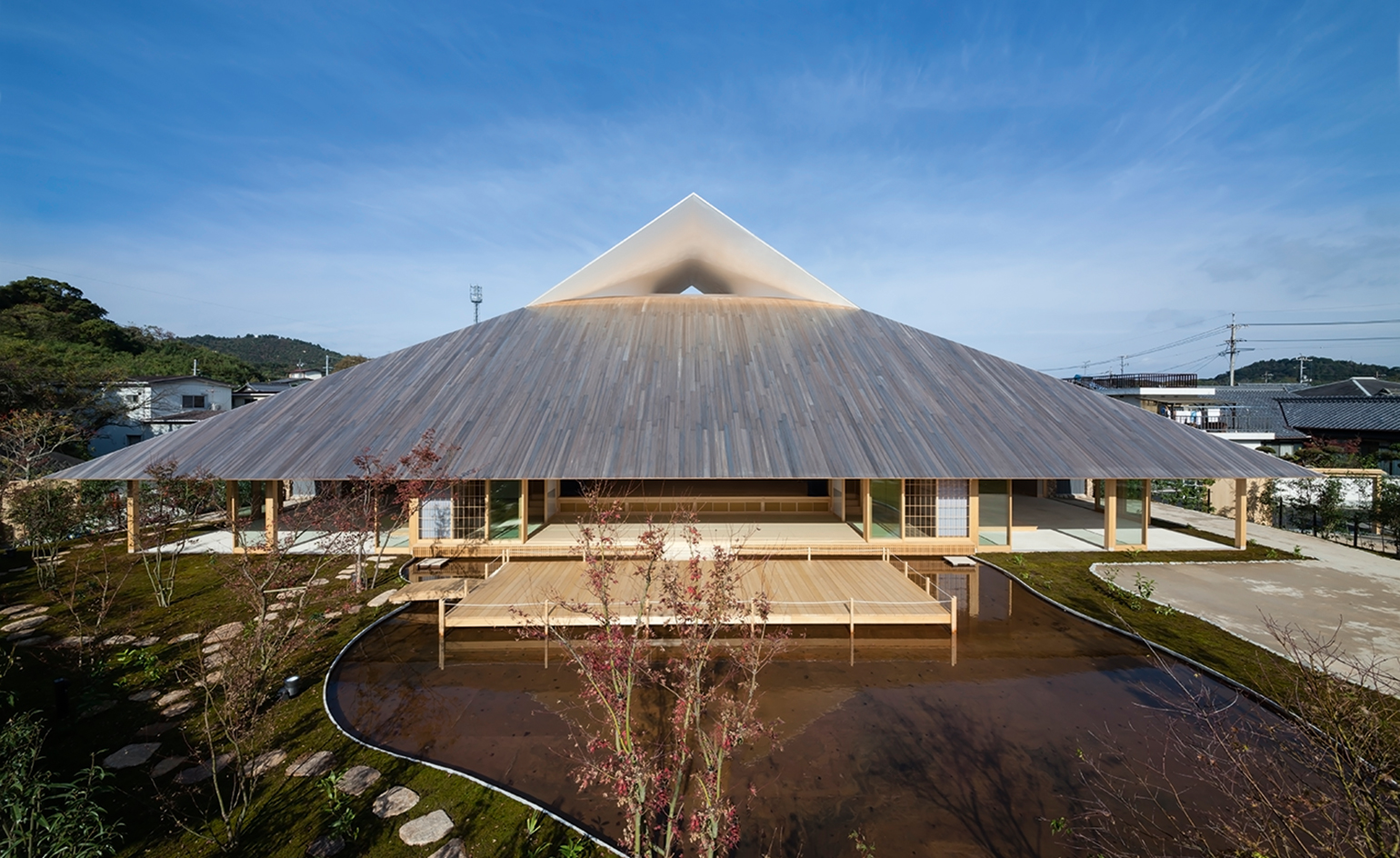 Take a tour of the 'architectural kingdom' of Japan
Take a tour of the 'architectural kingdom' of JapanJapan's Seto Inland Sea offers some of the finest architecture in the country – we tour its rich selection of contemporary buildings by some of the industry's biggest names
-
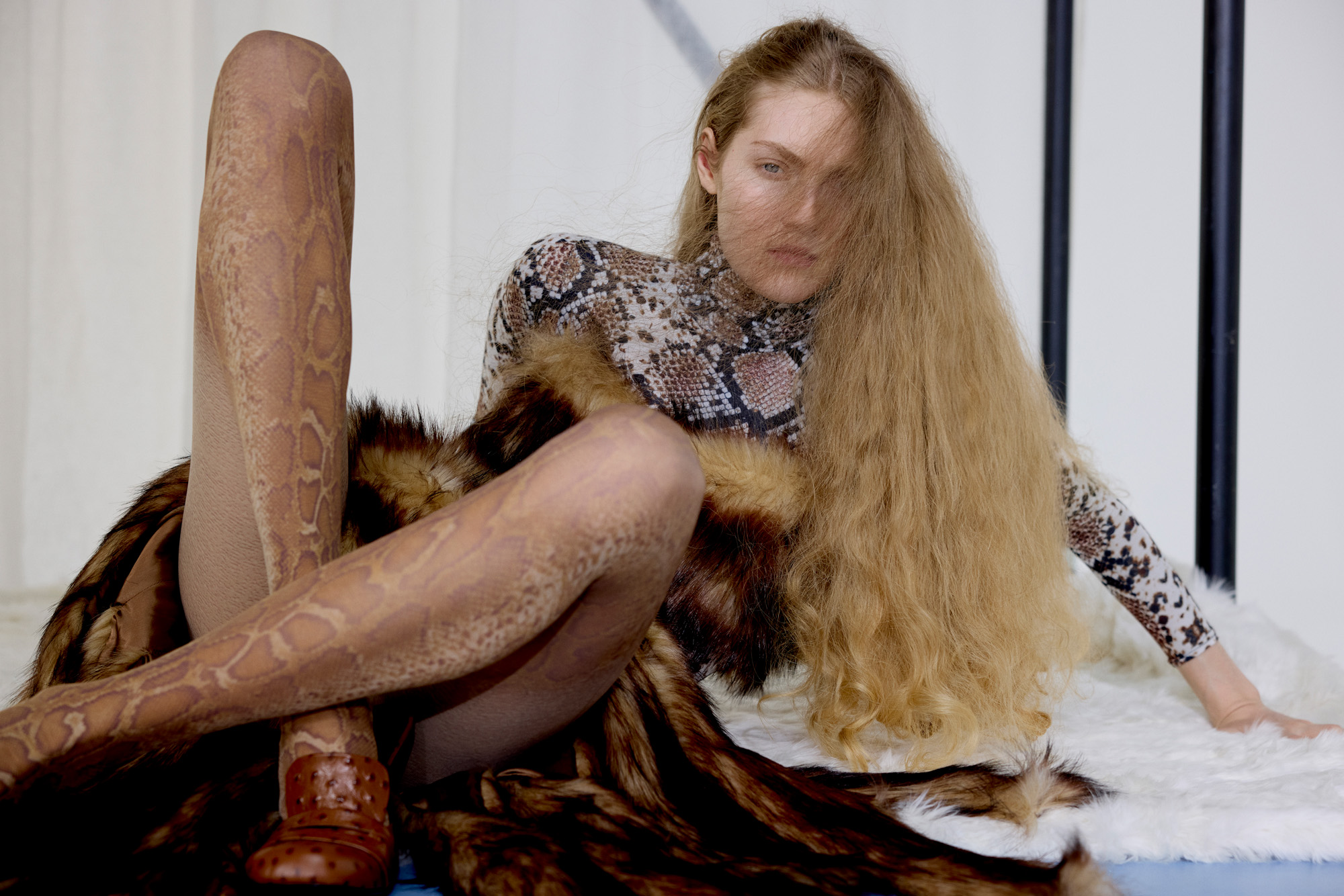 Faux fur and shearling dominated the A/W 2025 runways – these ten pieces capture the material’s ‘raw glamour’
Faux fur and shearling dominated the A/W 2025 runways – these ten pieces capture the material’s ‘raw glamour’Embrace the season’s twisted glamour with these arresting pieces in imitation fur and shearling, from Simone Rocha’s faux fur-covered Mary Janes to colourful-hued shearlings from Gucci, Alaïa and Jacquemus
-
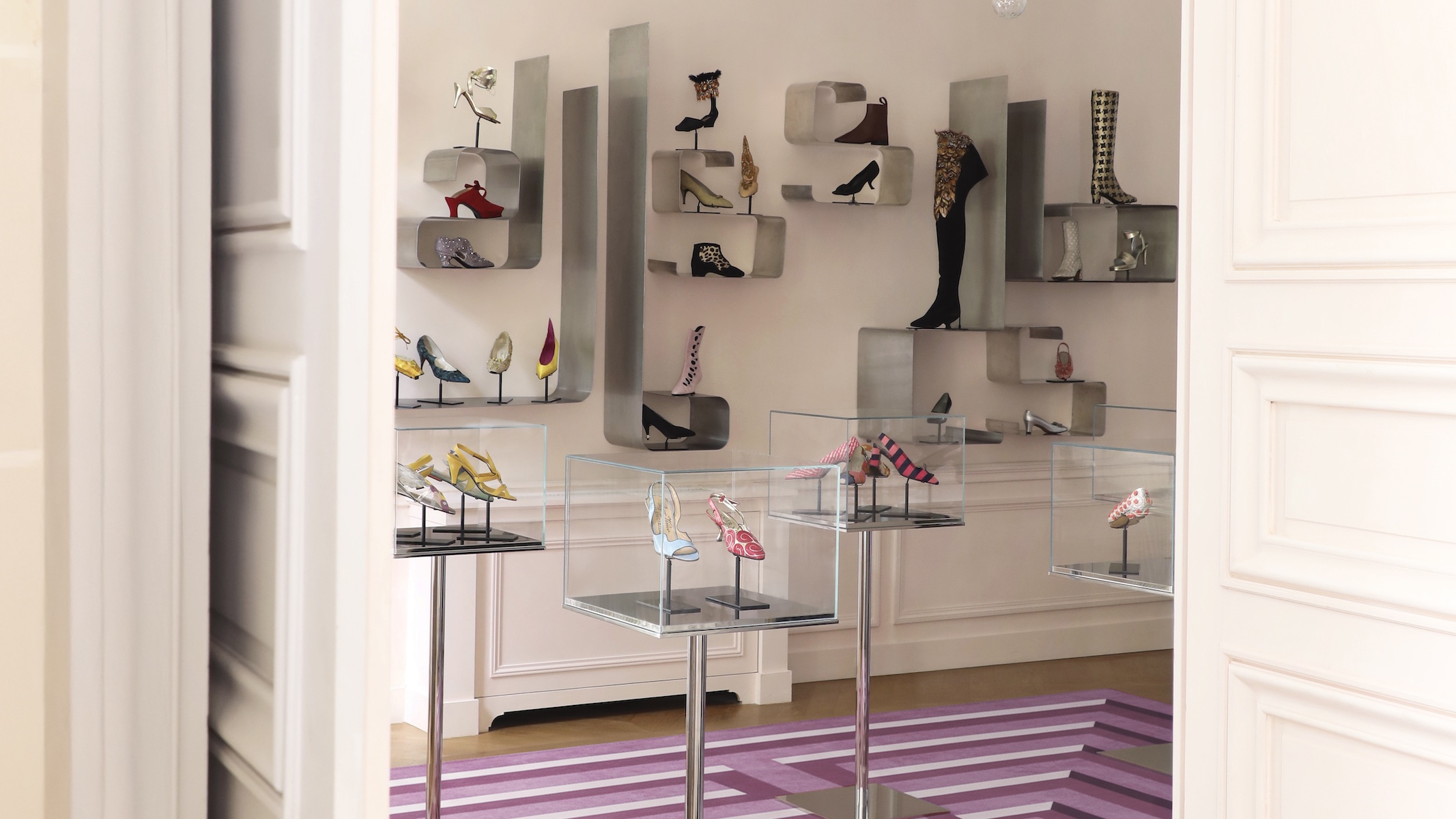 Inside Roger Vivier’s opulent new Paris HQ and archive, a haven for shoe lovers
Inside Roger Vivier’s opulent new Paris HQ and archive, a haven for shoe loversWallpaper* takes a tour of ‘Maison Vivier’, an 18th-century hôtel particulier that houses the French shoemaker’s headquarters, studio and archive – an extraordinary collection of over 1,000 pairs of shoes
-
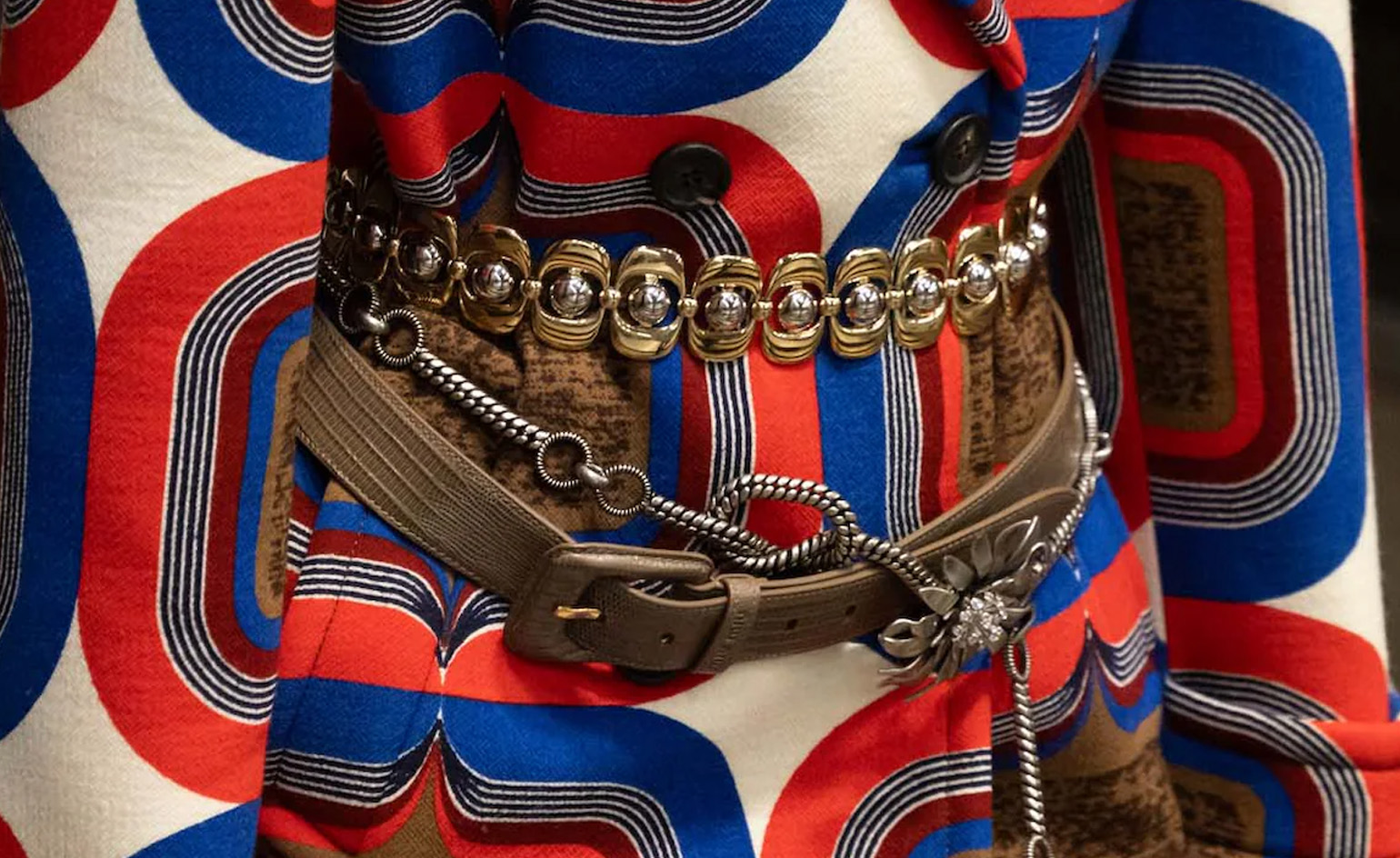 Ten statement-making belts to add drama to any outfit
Ten statement-making belts to add drama to any outfitSupersized, stacked-up, embellished: add a flourish with these ten statement-making belts, from Miu Miu’s jewellery-like chains to a piece of runway history from Sarah Burton’s Givenchy debut
-
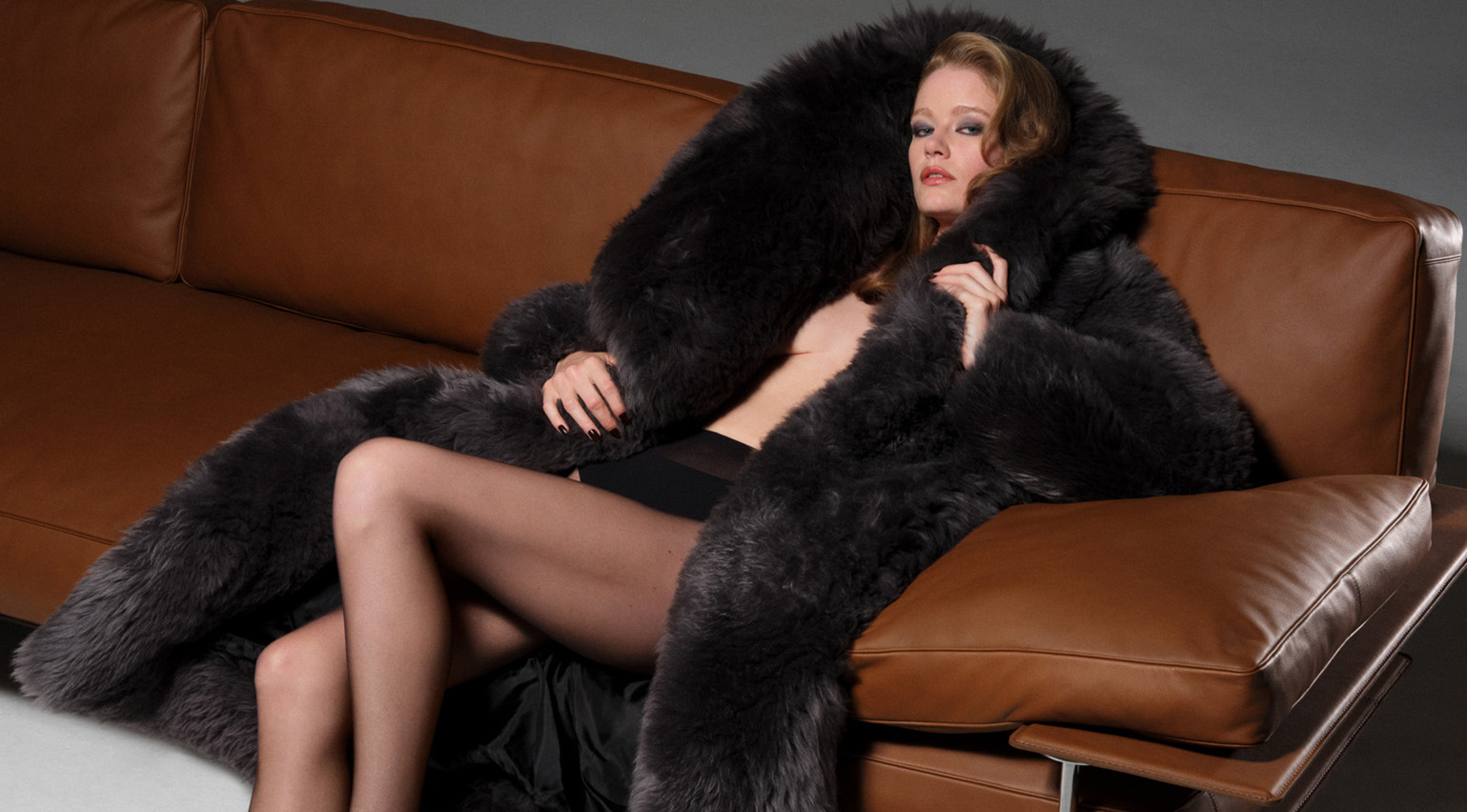 Power suits, thigh-high boots, dangerous glamour: these looks capture A/W 2025’s defining trends
Power suits, thigh-high boots, dangerous glamour: these looks capture A/W 2025’s defining trendsFrom riffs on the working uniform to a mood of dangerous glamour, the A/W 2025 collections encapsulated in 12 distinctive looks and accessories
-
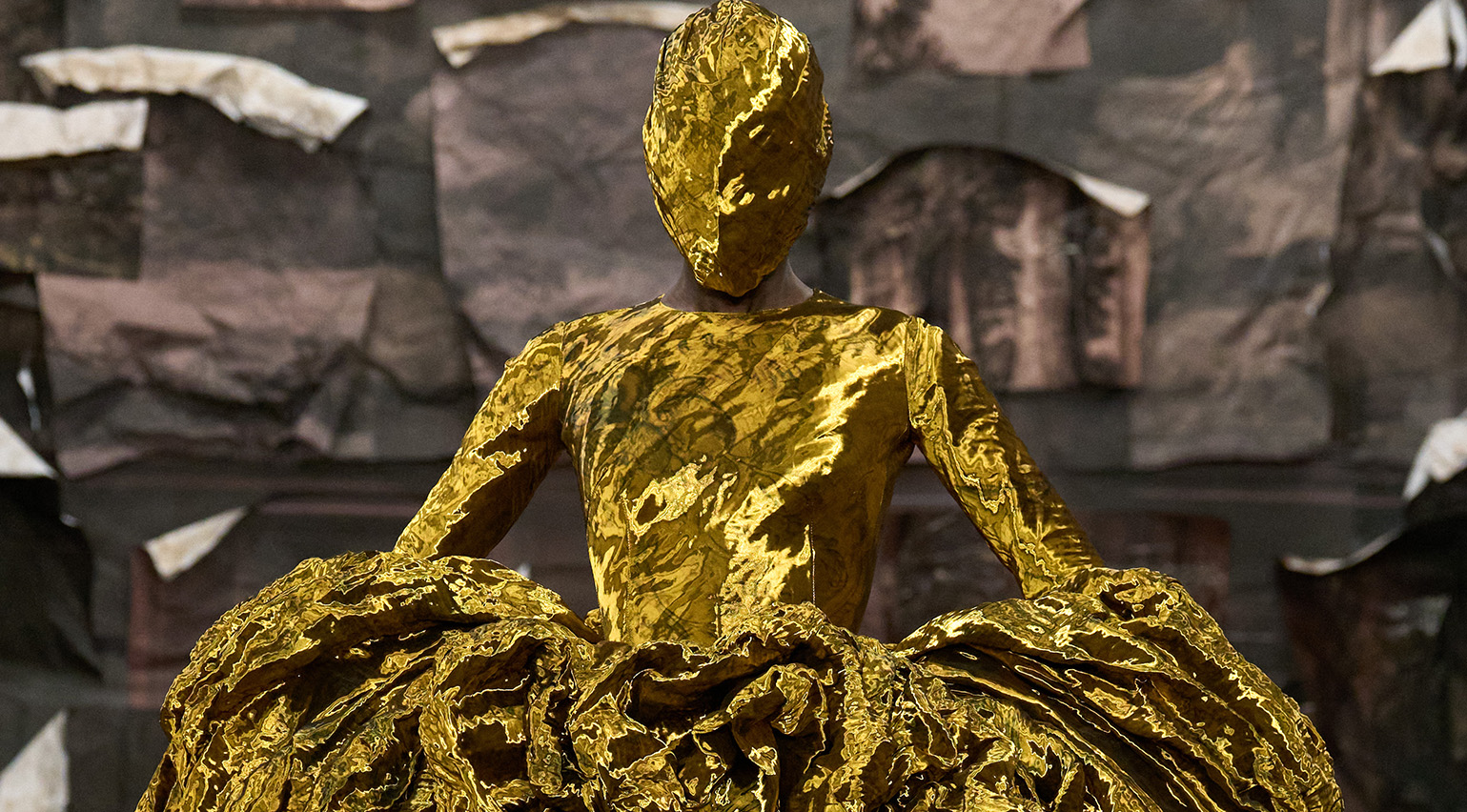 Glenn Martens’ thrilling Maison Margiela debut was a balancing act between past, present and future
Glenn Martens’ thrilling Maison Margiela debut was a balancing act between past, present and futureThe Belgian designer made his debut for the house last night with a collection that looked towards medieval decoration for a new expression of opulence
-
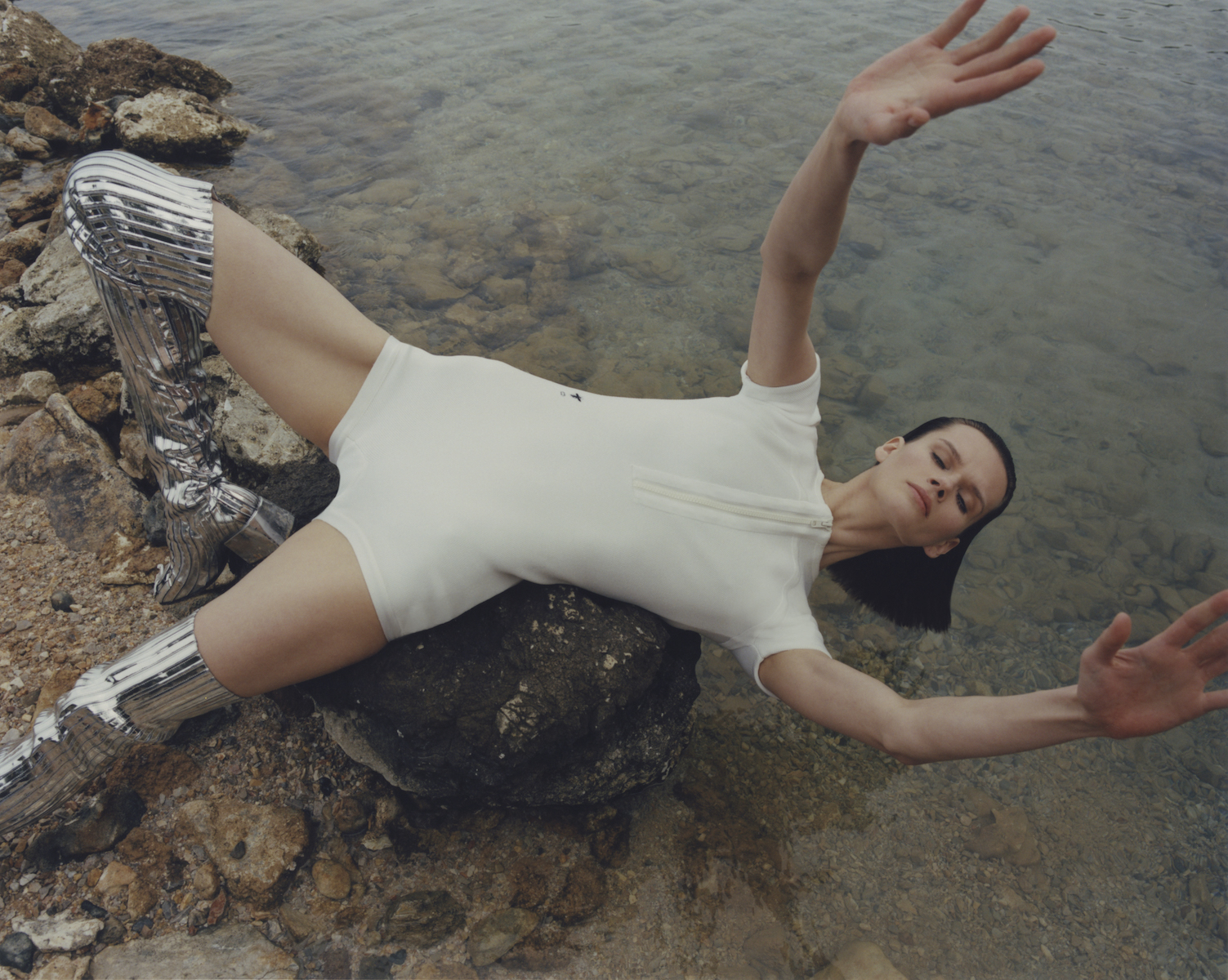 The world’s best swimwear brands, according to Wallpaper*
The world’s best swimwear brands, according to Wallpaper*From architectural precision to a sense of ease and luxury, our comprehensive guide to the world’s best swimwear brands – for both men and women – will help you find the perfect beach attire this summer
-
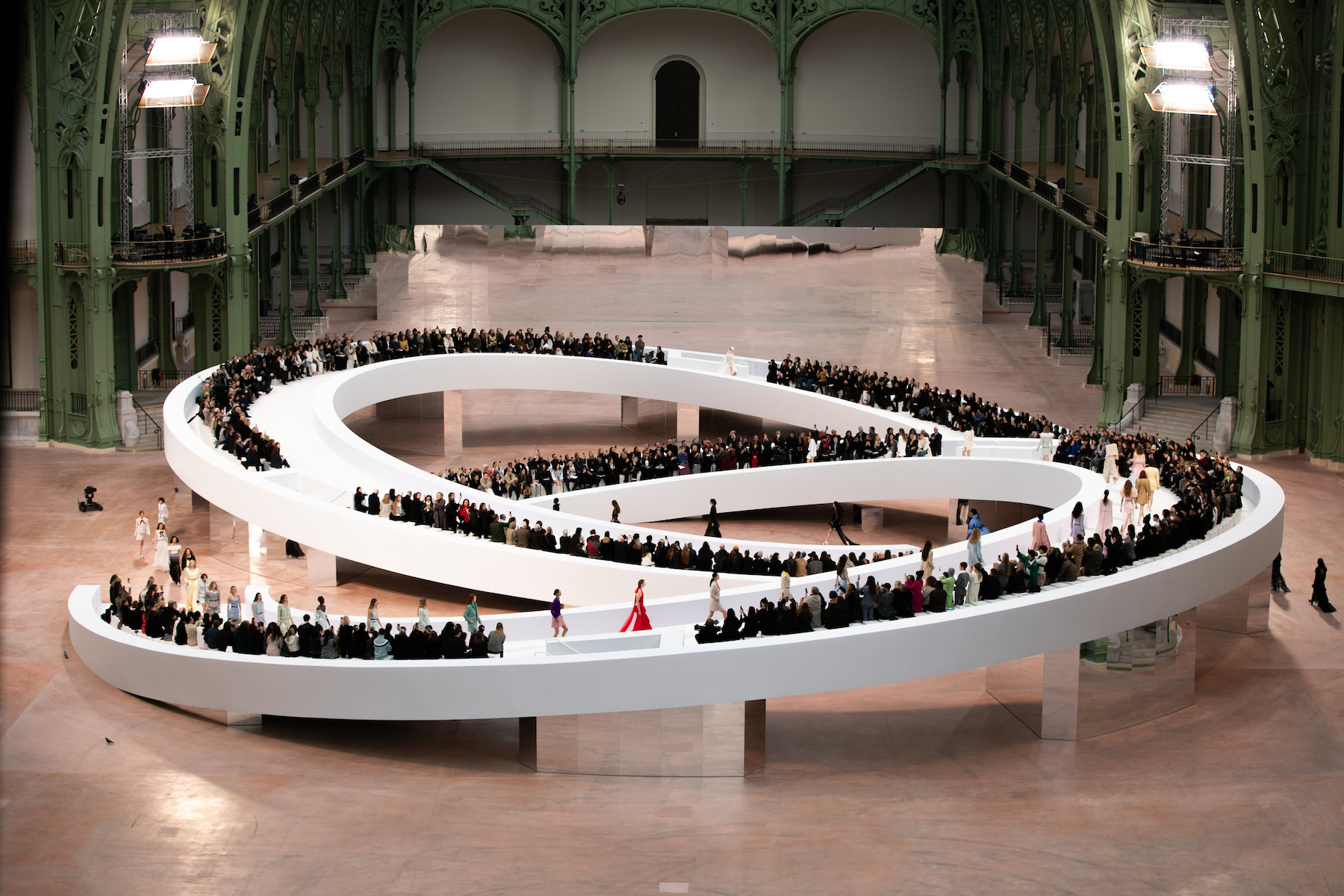 Haute Couture Week A/W 2025: what to expect
Haute Couture Week A/W 2025: what to expectFive moments to look out for at Haute Couture Week A/W 2025 in Paris (starting Monday 7 July), from Glenn Martens’ debut for Maison Margiela to Demna’s Balenciaga swansong. Plus, ‘new beginnings’ from JW Anderson
-
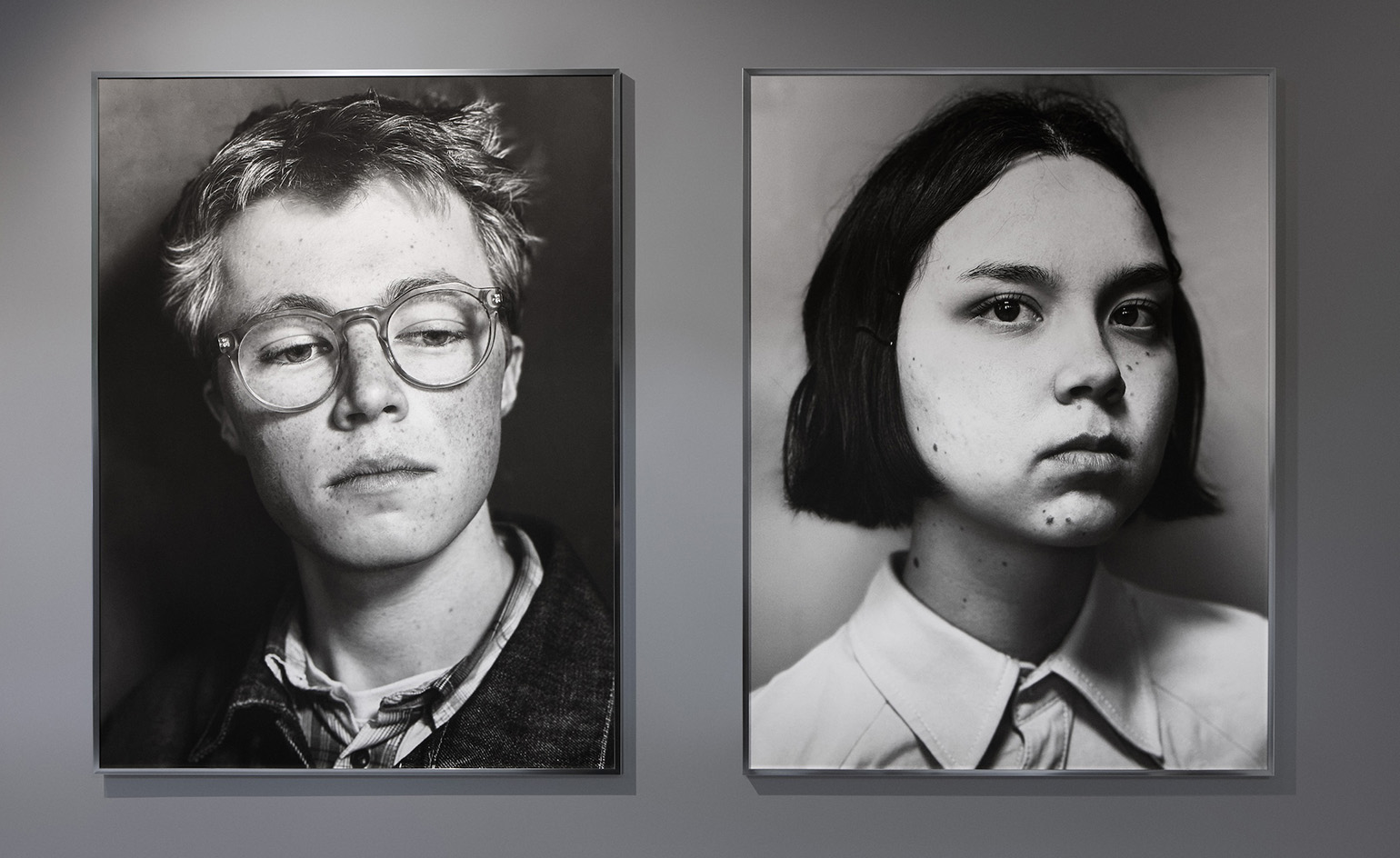 ‘They gave me carte blanche to do what I want’: Paul Kooiker photographs the students of Gerrit Rietveld Academie for Acne Studios
‘They gave me carte blanche to do what I want’: Paul Kooiker photographs the students of Gerrit Rietveld Academie for Acne StudiosHeralding the launch of a new permanent gallery from fashion label Acne Studios, the celebrated Dutch photographer’s new body of work praises the bravery of ‘people who choose to go to an art school at a time like this’